Introduction
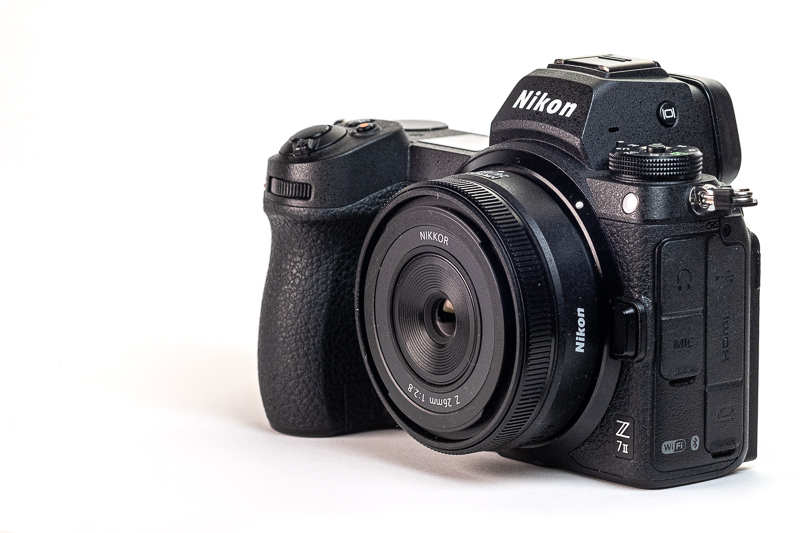
Nikon Z 26mm 2.8 has an unconventional focal length that falls between two classic wide-angle focal lengths for candid street photography, 24mm and 28mm. It is remarkably compact, making it the smallest and lightest Z prime lens for full-frame cameras from Nikon. Not only is it one of the most compact Nikon Z lens ever, but also it currently holds the title of the world’s slimmest mirrorless autofocus fullframe lens produced by any manufacturer. It can also be used on an APS-C camera as a prime standard lens, providing an equivalent focal length of approximately 40mm, my favorite standard focal length. While not part of Nikon’s premium S-line lenses, it is well-regarded for its performance. Let’s see how it performs!
![]() I tested this lens on a fullframe Nikon Z 7II (with its 46 Mp sensor) and on an APS-C Nikon Z fc (with its 21 Mp sensor).
I tested this lens on a fullframe Nikon Z 7II (with its 46 Mp sensor) and on an APS-C Nikon Z fc (with its 21 Mp sensor).
Hereafter, for ease of writing, I will use Nikon’s designations “FX” for fullframe and “DX” for APS-C.
![]() You watch see this review in video format on YouTube.
You watch see this review in video format on YouTube.
Sample Images
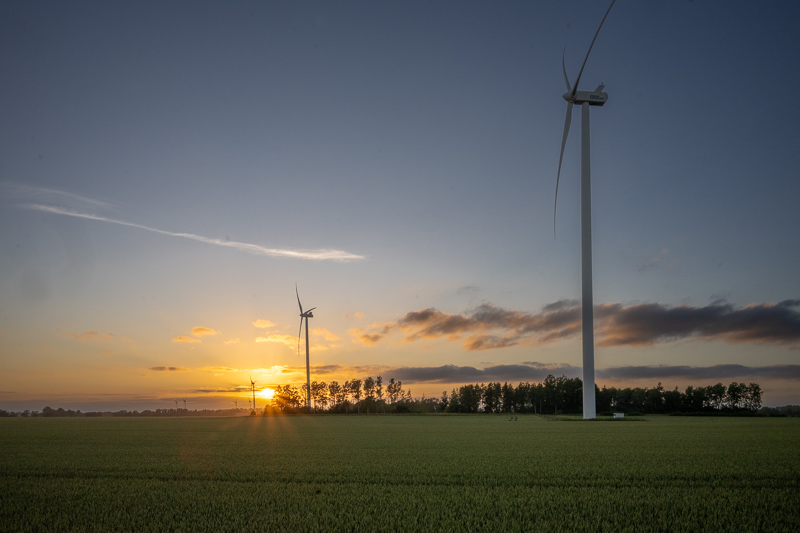


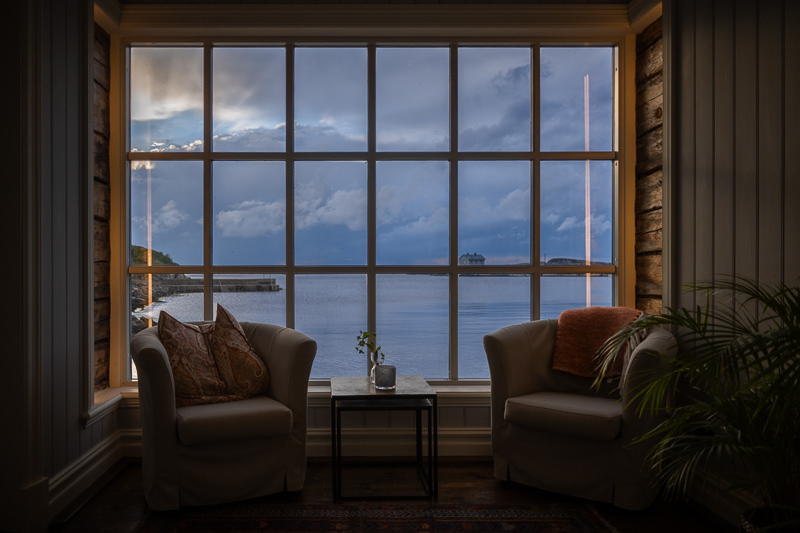

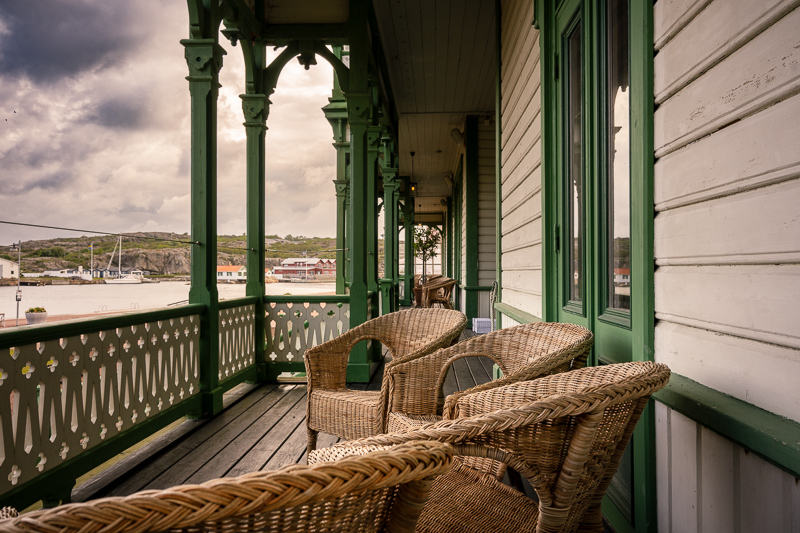
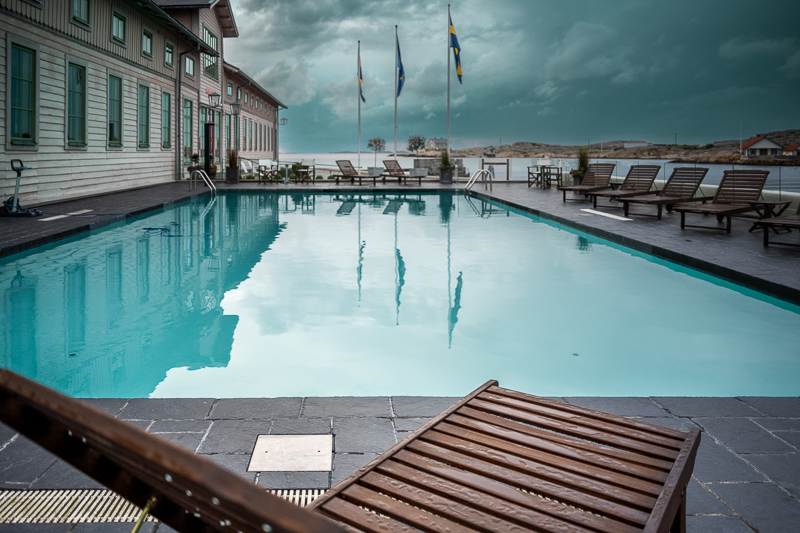

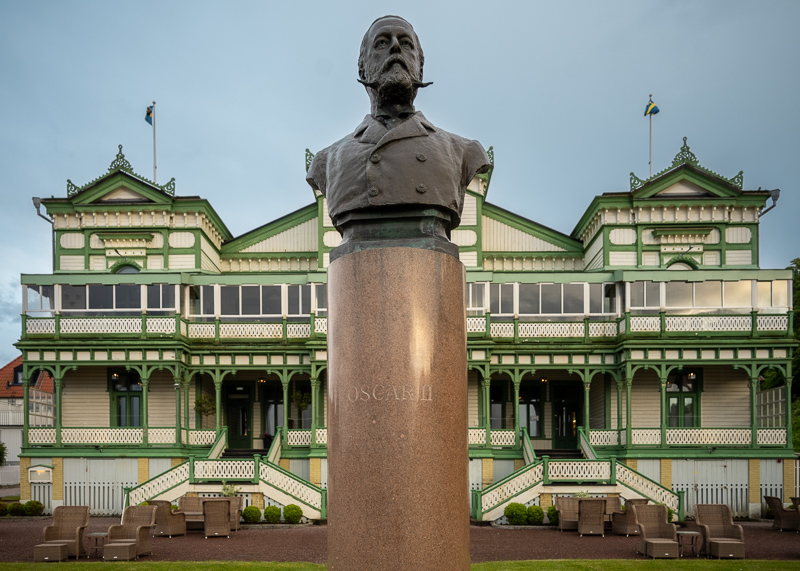
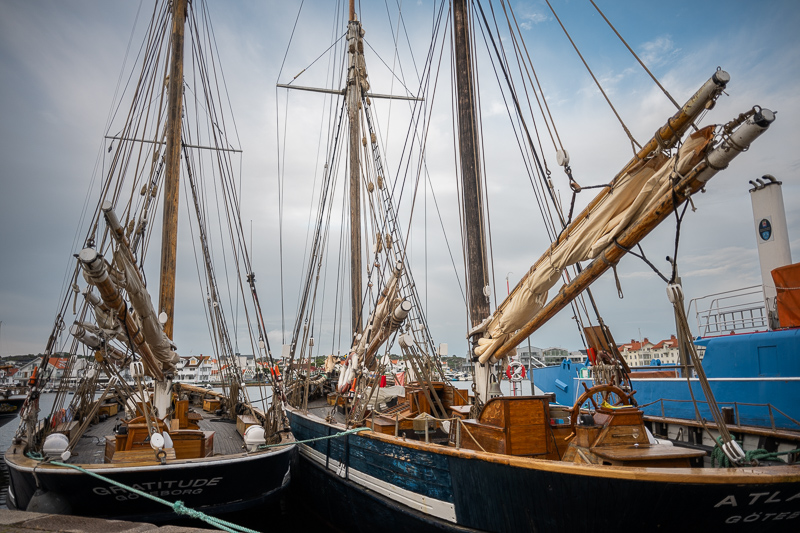
Most of the sample images in this review and many more can be found in higher resolution here.
Specifications
| Focal Length | 26mm |
| Angle of View | FX format 79°, DX format: 57° |
| # of Aperture Blades | 7 (rounded) |
| Max Aperture | f/2.8 |
| Min Aperture | f/16 |
| Min Focus Distance | 0.2 m |
| Filter Size | 52 mm |
| Lens Mount | Nikon Z |
| Weight | 125 g |
| Size (D x L) | 70 x 23.5 mm |
| Elements/Group | 8 / 6 |
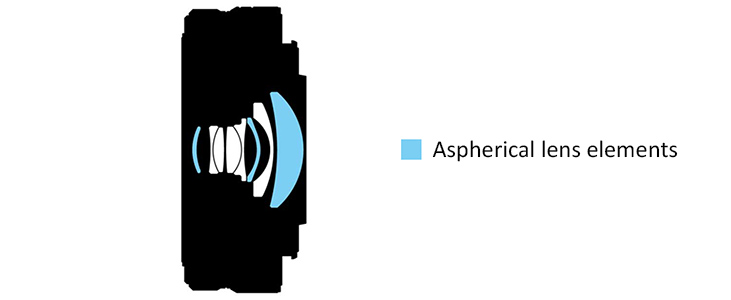
| Buy new: B&H, Amazon for $397 (Affiliate links) Buy used: eBay for $380 (Affiliate links) |

Disclosure
I bought this lens with my own earned money.
Handling
The first thing you notice with this 26mm lens is how small this lens is. Currently there is no other mirrorless fullframe AF lens this slim at only 23.5 mm. It can easily be put in most pockets, purses, or in an spare space in a camera bag. The lens is made mostly of plastic, although the mount plate is of metal. Additionally, there is a weather sealing gasket under the mount plate, which also is a positive feature not found on all Nikon non-S-line lenses. This lens does not have the high-end coatings that the S-Line lenses have though.
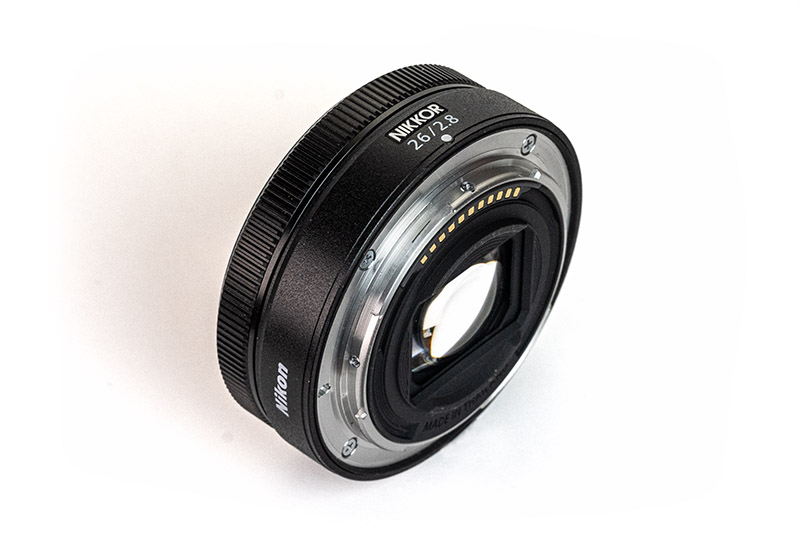
The lens has a basic control setup with a single ring that allows manual focus adjustment. Additionally, you can customize the ring to control aperture, exposure compensation, or ISO settings.
The autofocus on this lens is accurate, although not as fast as other Z lenses. Additionally, it tends to be more audible compared to the other Z lenses. Moreover, It has an external focusing mechanism. As you focus closer, the center part of the lens barrel protrudes slightly. See the following picture.
This has two implications:
- There is a higher potential risk of dust getting inside the lens due to the moving part that extends in and out.
- You must ensure that you remove the lens cap before turning on the camera; otherwise, you’ll receive an error related to lens initialization. Fortunately, this doesn’t harm the lens itself.
In the following you can see a comparison of a Nikon 28/2.8 with a Nikon 26/2.8 (with and without hood) and a matchbox.
To achieve the slimmest design possible, Nikon made some compromises with this lens, including omitting the filter thread. However, you can still attach a filter using the included lens hood. The good news is that the hood does not rotate when focusing and also it protects the protruding barrel. Additionally, the slip-on cap can be placed directly on the lens or on the lens hood, allowing you to leave the cap in place without removing the hood. Leaving the cap on the lens hood at start up does not cause the initialization error either. Unfortunately, with the hood attached, the lens loses some of its charm as it is not so slim anymore.
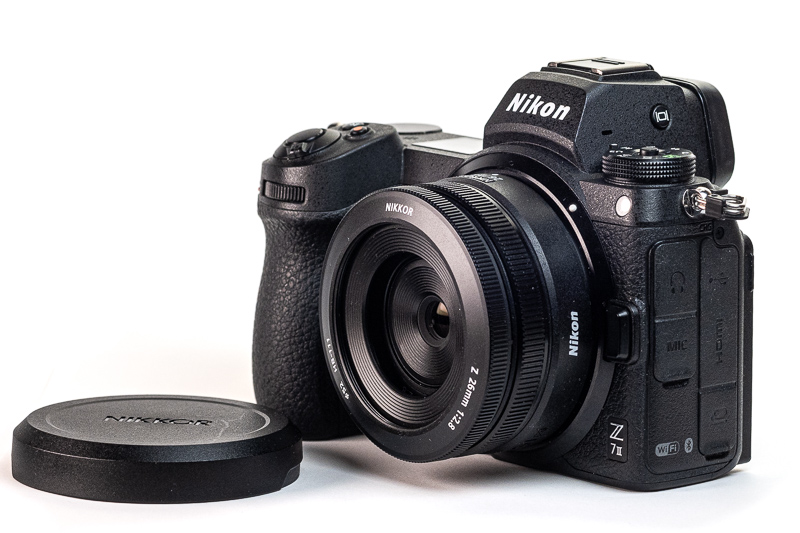
Optical Features
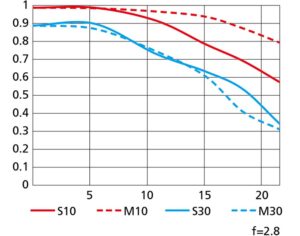
Sharpness (Infinity)
For the infinity sharpness test, we examine three areas of the image: the center, mid-frame, and corners. These highlighted regions are shown in the image below.
I’ve plotted three points for each full f-stop for both FX and DX formats. The third tab represents FX once more, but this time with corners corrected for vignetting.
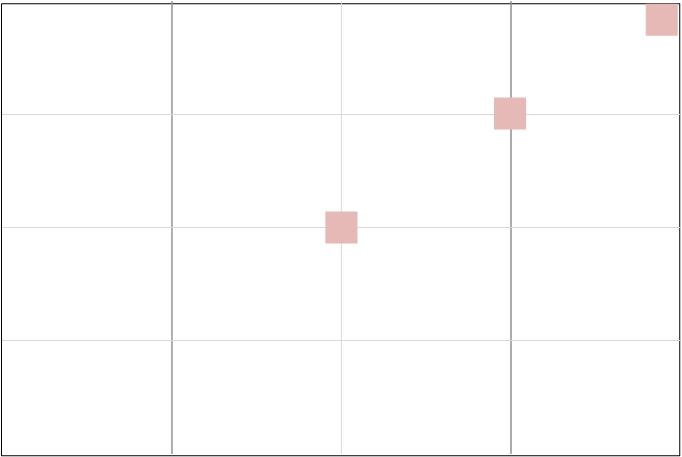
On an FX sensor the center sharpness is impressively good wide open. At f/2.8, the sharpness is excellent in the center, very good in the midframe, and just good in the corners. While the contrast is excellent in the center and midframe, it is only OK in the corners. Interestingly, the sharpness does not improve by stopping down anywhere in the frame; it gets slightly worse at f/16 due to the diffraction effect though.
On a DX sensor the corners look better, but even here the contrast is weaker than in the center. Overall, both the sharpness and contrast are better in DX corners. Here stopping down to f/5.6 makes a difference in the sharpness and contrast to the better as well.
Furthermore, from the third set of images with corner vignetting corrected, we observe that it is not the vignetting causing the corners to appear less sharp than the center and midframe.
Sharpness (Portrait)
Let’s look at the points of interest for portraits at the portrait distance: the center, the center’s inner circle (1/3 rule intersection), and the outer circel (1/4th intersection).

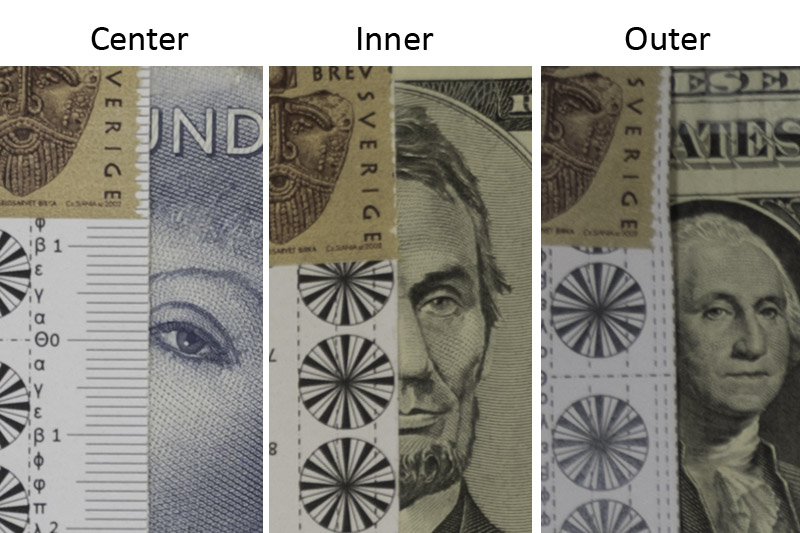
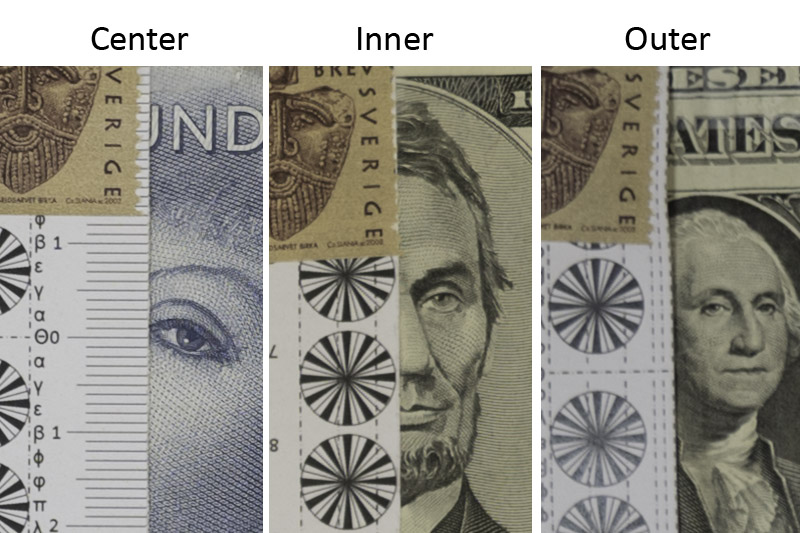


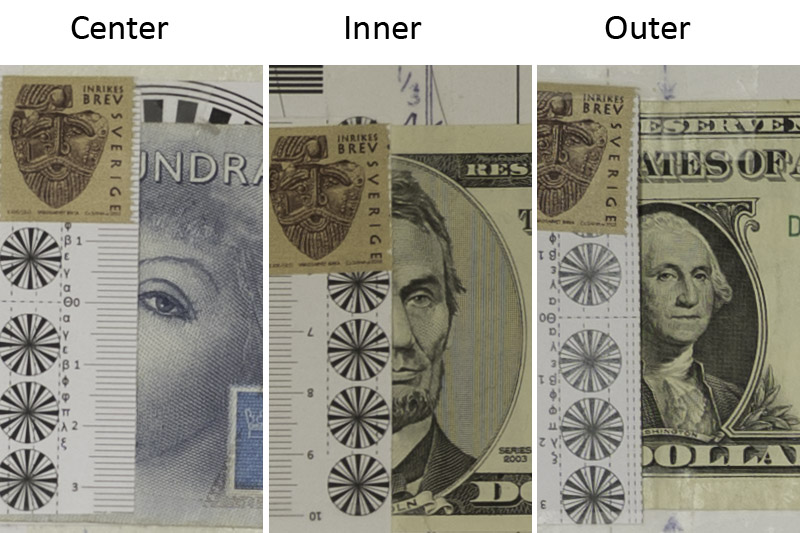

Here the sharpness is excellent in the center and very good in both the inner and the outer circles. The sharpness improves just a little by stopping down but it is minimal. The contrast is very good from wide open everywhere.
Sharpness (Close-up)
Excellent close-up sharpness on both FX and DX sensors, partially thanks to the floating lens elements mechanism, which Nikon calls for “All-element focusing system”.

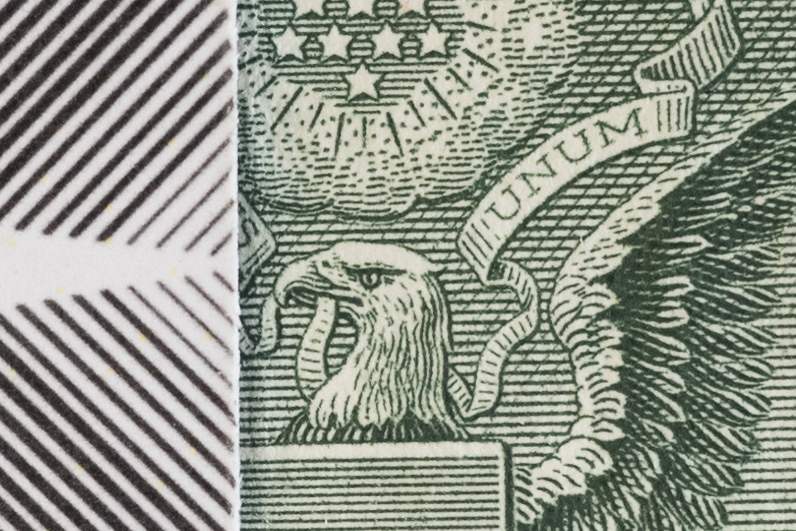
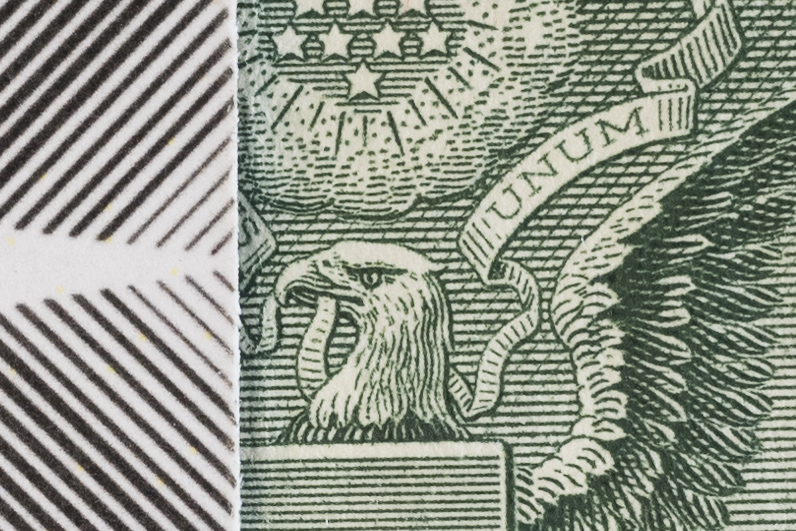
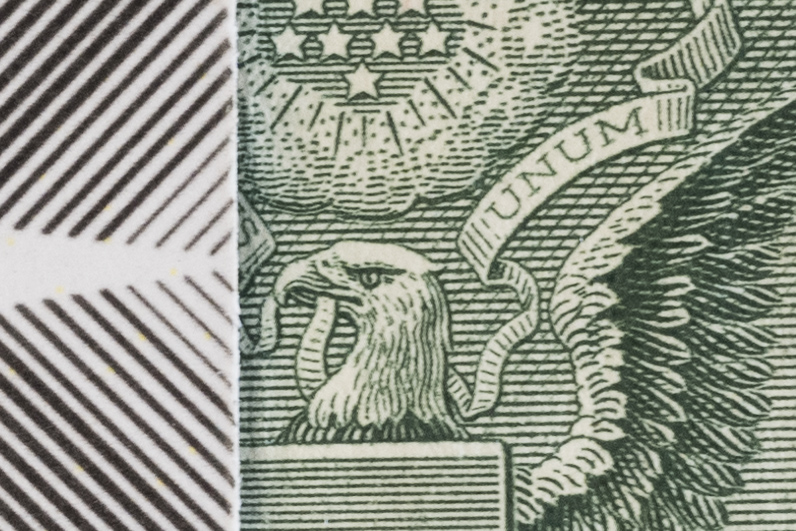
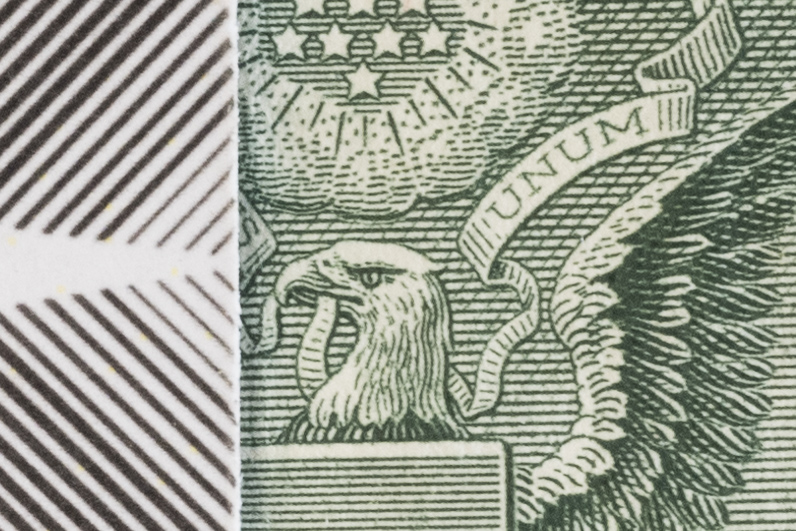
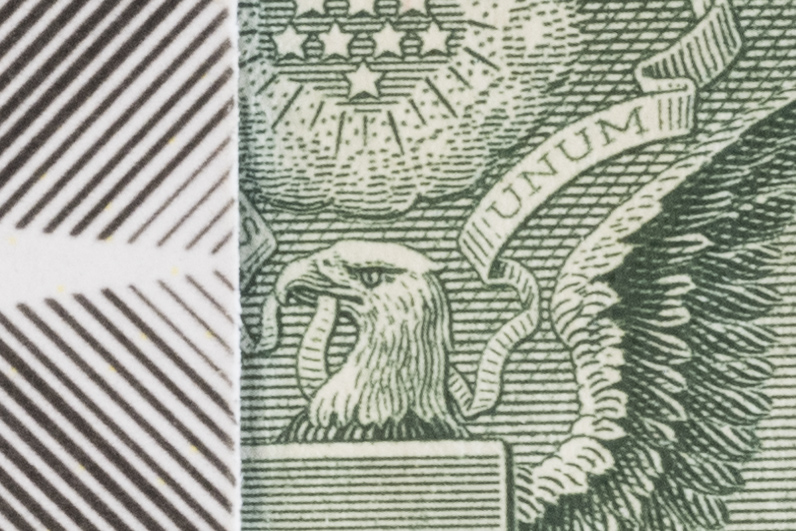
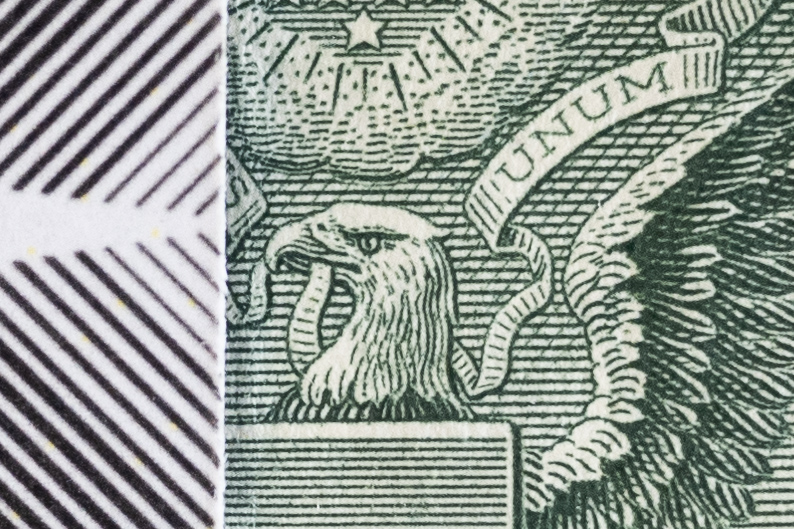
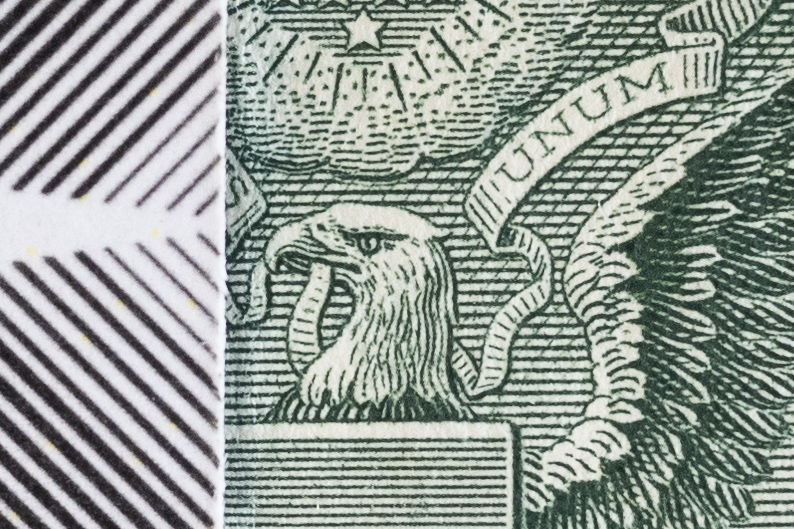
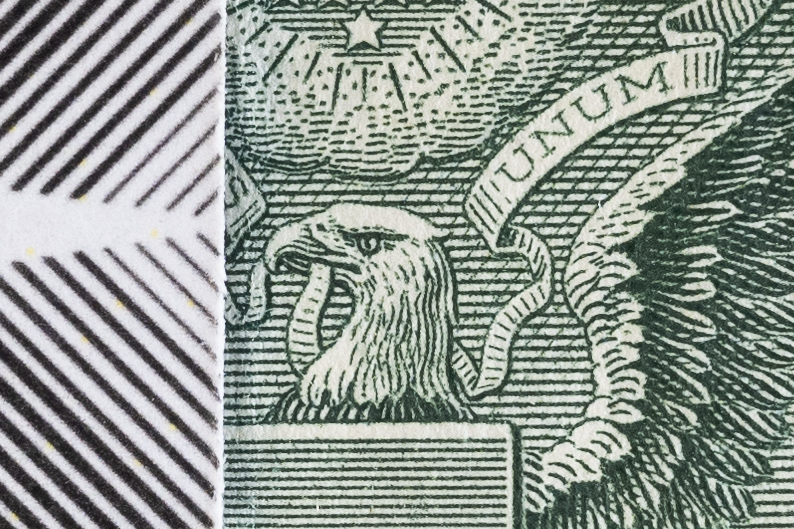
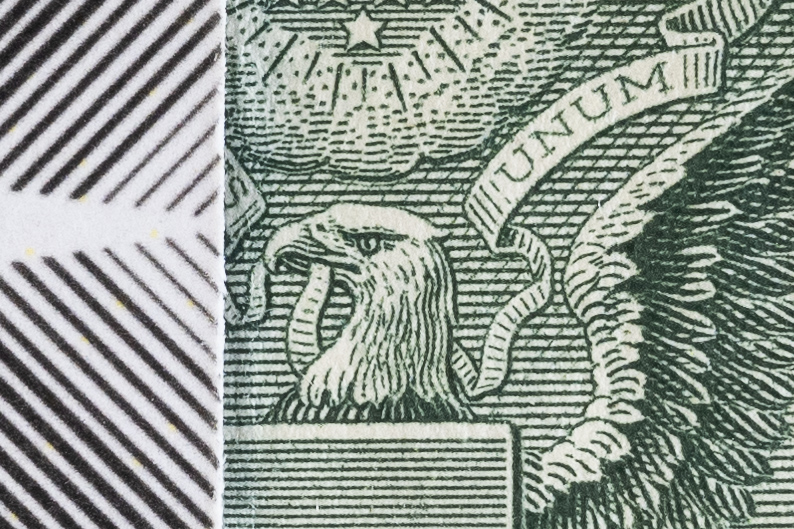
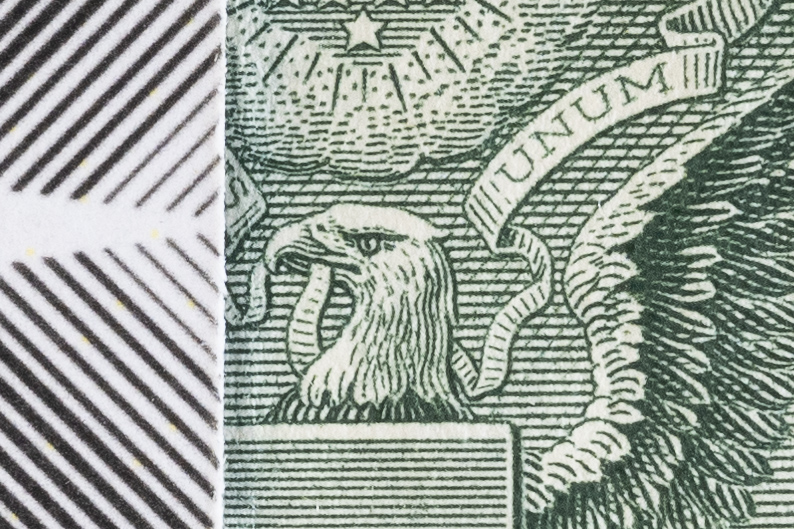

Lens Distortion
I took the test shots with in-camera distortion correction turned off.
The lens distortion is quite high, but if you use Adobe Lightroom, you’ll never notice it. LR corrects it for you without asking you and you cannot change that. So if you are a lightroom user you do not need to worry about the distortion.
Some other raw converters do not correct the distortion automatically and if you use them, you will see how it look likes out of the camera. In the following image series I have taken 2 pictures, FX with Nikon Z 7II and DX with Nikon Z fc. Tabs A and B shows how the pictures look when you convert the images using Lightroom (LR) with no correction. Tabs C and D shows the same two pictures but converted with RawTherapee (RT) without any correction. Lastly, tab E shows the image converted and corrected in RawTherapee.
The amount of distortion correction applied to these FX images might be contributing to a slight decrease in sharpness, particularly in the corners. While the sharpness loss may not be significant, it’s worth considering as a potential factor.
Vignetting
I did this test with in-camera correction off.
The Nikon Z 26 exhibits significant light fall-off when wide open, which can be noticeable in most pictures. Even when stopped down to F/11, some images may still show this effect. It’s not uncommon for very small lenses to exhibit high levels of vignetting, and this isn’t the worst-case example for such a compact lens.
Typically, I would apply slight corrections to mitigate this issue, although it’s not always necessary—depending on the specific image. Alternatively, you can enable in-camera correction and set it to normal or high to avoid vignetted images directly during shooting and skip the extra stop in post-processing. If you prefer, you can intentionally add vignetting in post-processing for specific artistic effects.
It is much better on DX sensors, while it could be visible in certain images wide open, from f/4 it is more or less negligible.
| FX | DX | |
|---|---|---|
| F/2.8 | 2.7 EV | 1.3 EV |
| F/4 | 2.0 EV | 0.9 EV |
| F/5.6 | 1.8 EV | 0.7 EV |
| F/8 | 1.4 EV | 0.7 EV |
| F/11 | 1.3 EV | 0.7 EV |
Focus Shift & Aberrations
There is a small focus shift. Chromatic aberrations are relatively well corrected in this Nikon Z 26mm lens. Although, at f/2.8 you can get a little longitudinal chromatic aberration or bokeh fringing, my copy shows hardly any sign of it.
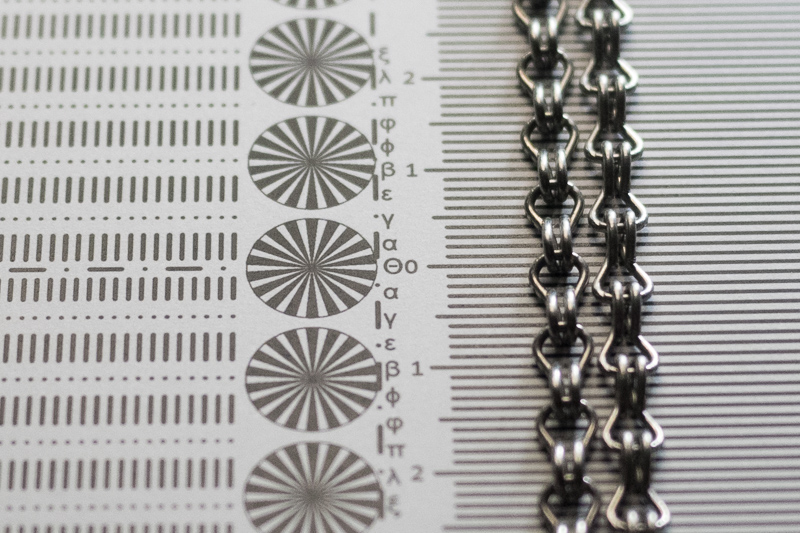


Flare Resistance
In this section, you can make almost any lens look bad if you try hard and long. However, this particular lens exhibited surprisingly better-than-expected flare resistance. The contrast is mostly maintained, even when you intentionally challenge the lens, which is great. Keep in mind that you may encounter some ghosting in certain difficult situations. Overall, this lens demonstrates better flare resistance than the other non-S line lenses I’ve tested. Here’s a series of images taken with the sun in challenging positions for most of the lenses.
Coma
The Nikon Z 26mm f/2.8 suffers mildly from coma wide open at f/2.8. It goes away from f/4. Note that the image below shows a 100% crop of the upper left corner of a picture taken with a 46 MP sensor, magnifying the comma effect more than 10 times. What I am trying to say is that it’s there but it is not a serious concern.
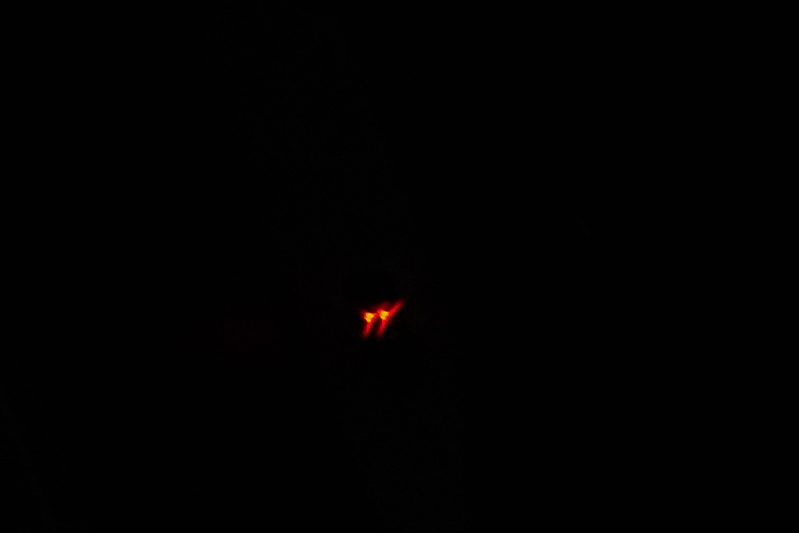

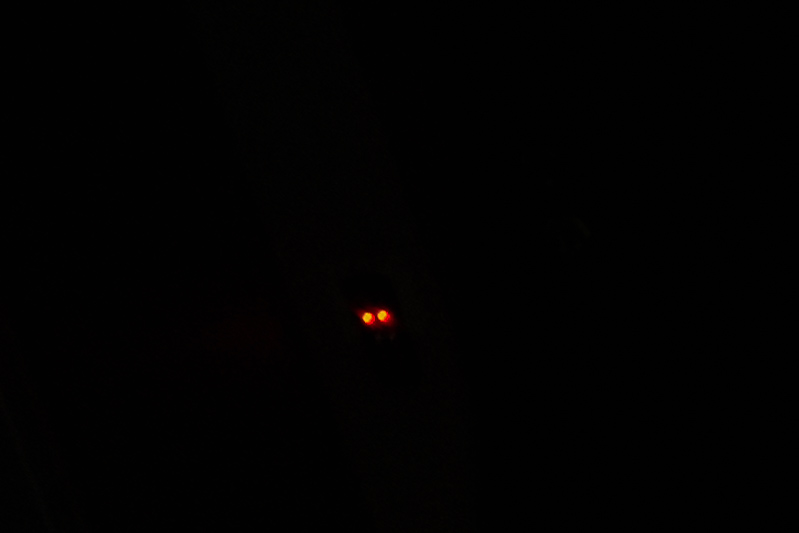
Sunstars
Sunstars are not the strong point of this 26mm lens, although you can get some sunstars at f/16.
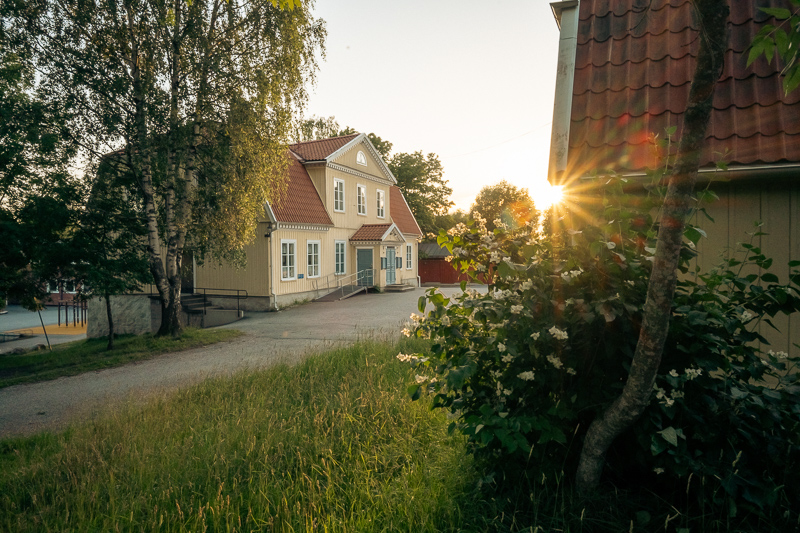

Focus Breathing
This 26mm lens shows quite strong focus breathing as seen in the following image animation. No problem for photographers, but not so good for videographers.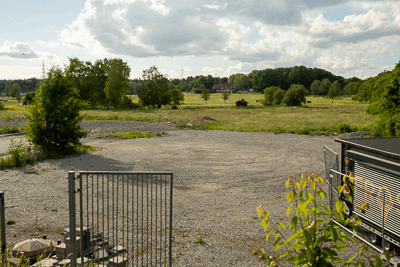
Nikon Z 26 focus breathing
Bokeh
Let’s have a look at the bokeh balls, which can give an indication of how the bokeh kan look like
Bokeh Balls
There is some optical vignetting and it should not be a surprise for such a compact lens, it is not severe though. Some signs of onion rings also are visible, but again it is not exaggerated. Good things are that there are no harsh, highlighted, or colored rings around the balls and the transition is soft. All this indicates that there is some hope to get decent bokeh characteristics.
Now let’s see the actual bokeh in real life images!
Close Distance
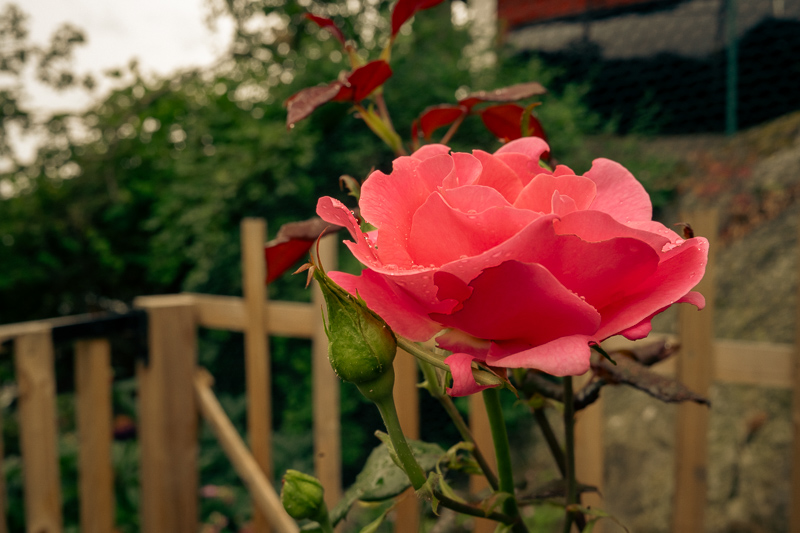
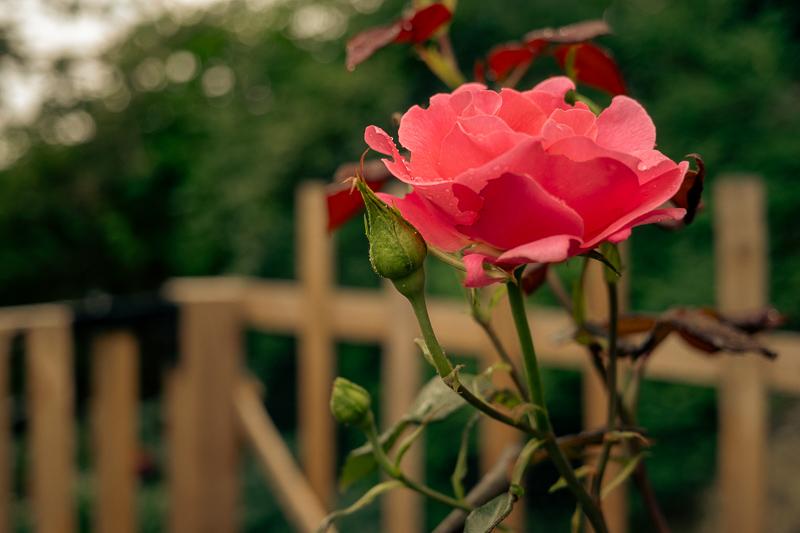
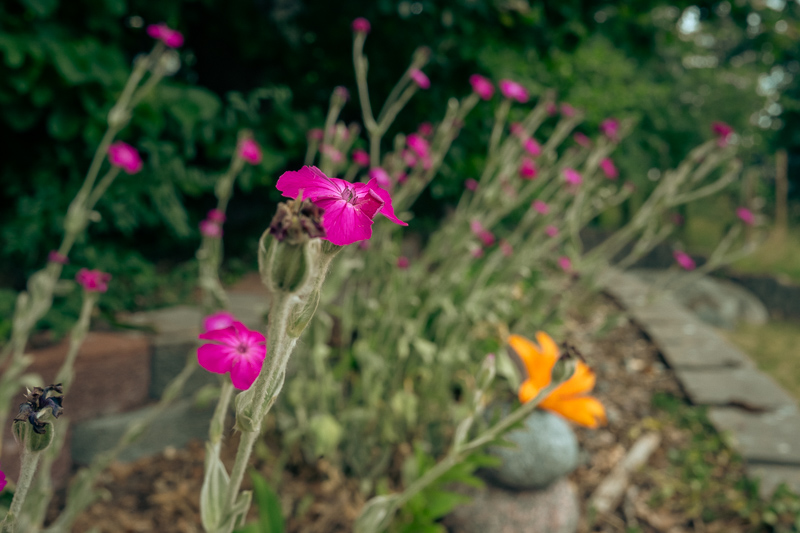
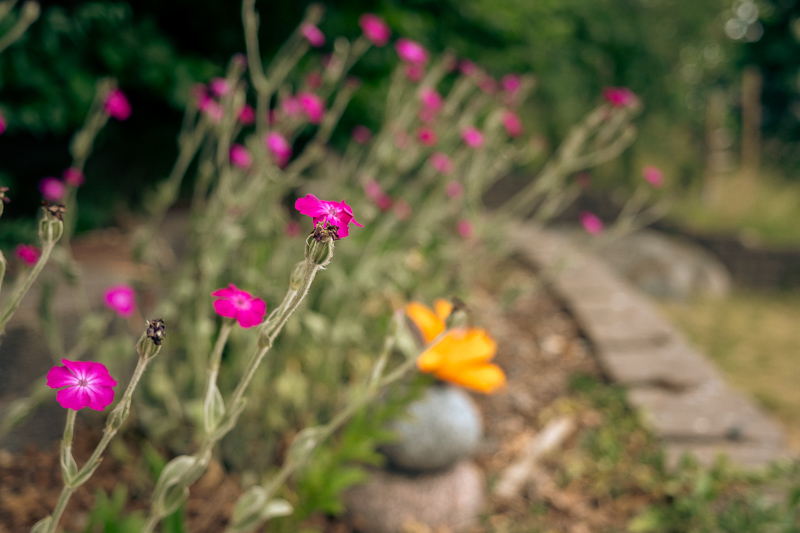
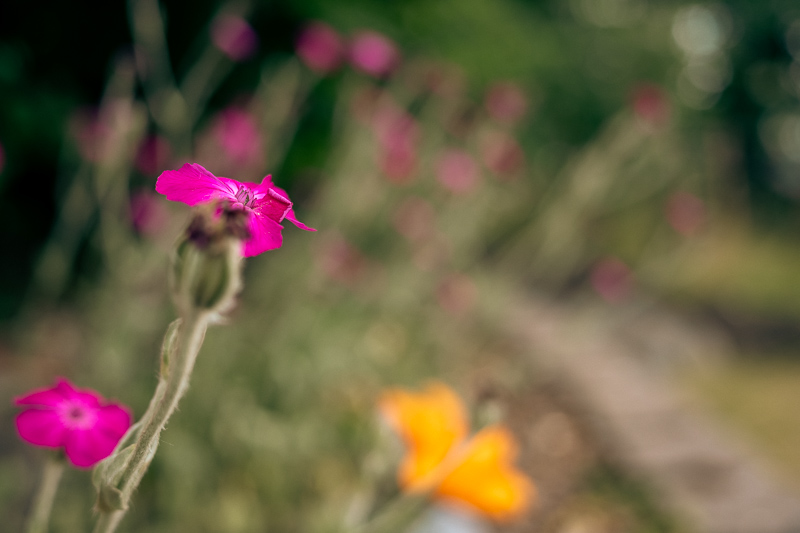
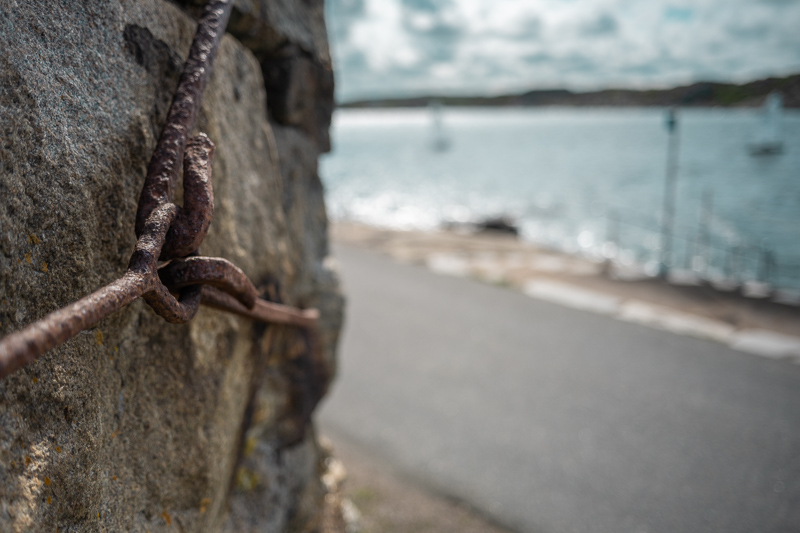

Portrait Distance



In the following, you can see three images:
- A dummy at a closer portrait distance taken with the FX camera.
- The same picture with the DX camera, but I adjusted my distance to get the same proportions of the dummy in the picture.
- Lastly, a third image taken with the DX camera, where the camera had the exact same distance to the dummy as in the first image.
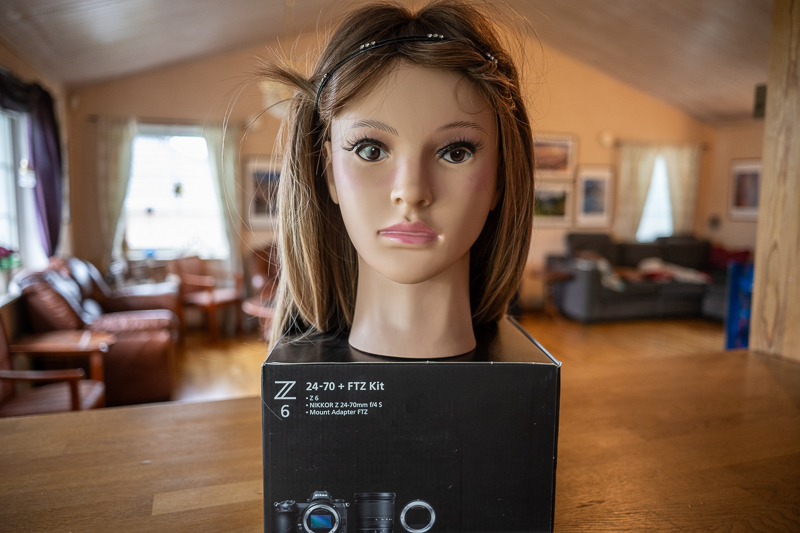

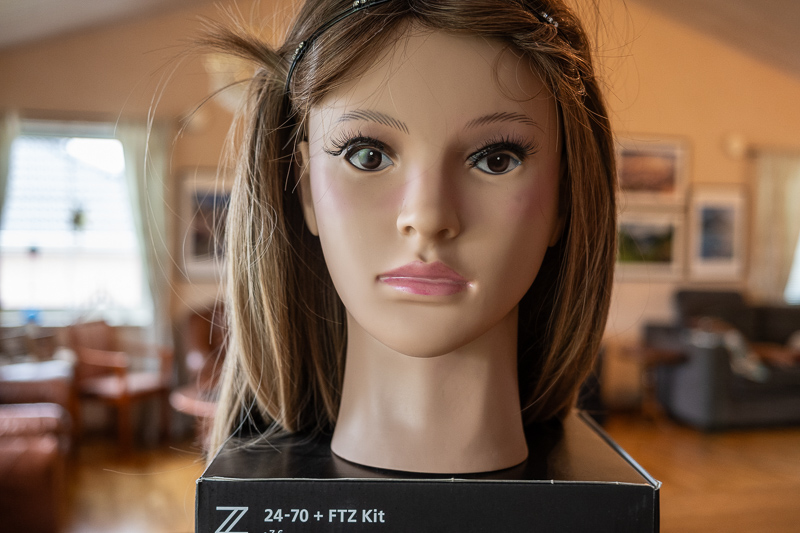
The first two images in this series are a great comparison to see how bokeh is affected when the subject size is kept consistent. On the other hand, images one and three are a great comparison of how different sensor sizes affect the bokeh, using the same lens and subject distance.
Long Distance
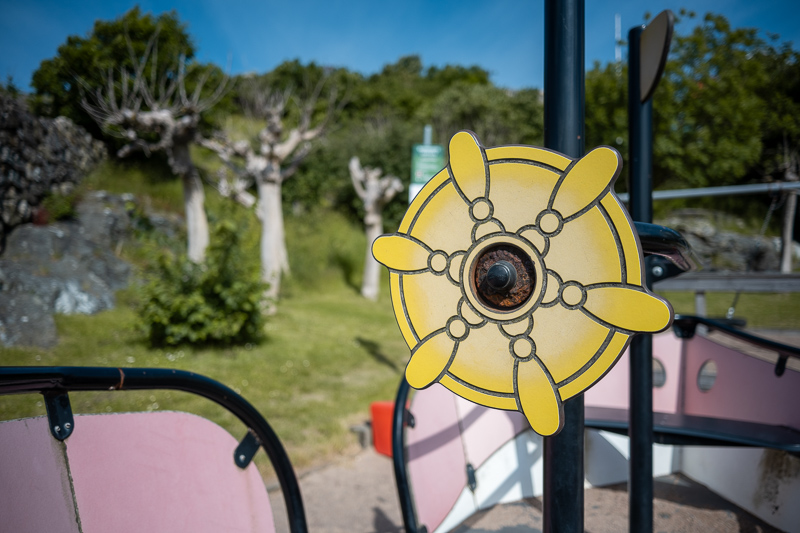

Bokeh’s beauty lies in the eyes of the beholder. Typically, a soft background blur—free from busy, double-lined contours or harsh transitions—is considered visually pleasing. As lenses with longer focal lengths and wider apertures more readily achieve this effect, the lens in question doesn’t fully meet those criteria and is not a bokeh monster. Nevertheless, I’m pleased to see that it still manages to produce a relatively pleasant background blur, partially thanks to its minimum focus distance. Again, it is my subjective view, in my eyes the bokeh looks nice in most cases, have a look at the images in this section and among the sample images in the beginning and end of the review to build your own opinion.
Conclusion
| I LIKE | AVERAGE | I DON’T LIKE |
| Size / Weight Portability Center sharpness Close distance sharpness Overall sharpness (DX) Chromatic Aberration correction |
Corner sharpness (FX) Vignetting (FX) Coma correction Price Flare resistance Sunstars AF speed & noise |
Focus breathing Distortion |
As always, making super small and/or pancake lenses means a lot of compromises. The biggest advantage of this 26mm lens is of course its size and super portability, making it a very strong candidate for travels and street photography. Its sharpness in the center is also excellent with no compromises. Overall sharpness is also good. Add to that the good flare resistance and decent bokeh to get most of the advantages that are the strongest reasons for having this lens.
The build quality is good and solid overall with some reservation for the autofocus motor, which is a little slower and noisier than most other Z lenses.
On the other hand somewhat weaker corner sharpness, high level of distortion and vignetting (Although, both can easily be fixed in camera or in post), may be the reasons preventing it being a super lens, especially if you want a lens for serious landscape photography.
I can warmly recommend this lens for travel, everyday, and street photography. You can of course use the lens in other applications as well.
Writing articles like this one is both time-consuming and costs us a lot of money. If you found this article helpful and decided to buy one of these lenses, please consider using one of the affiliate links.
If you are not interested in buying any of the lenses, but you still found this article useful, interesting, or it saved you a lot of money, treat us to a coffee!
| Buy new: B&H, Amazon for $397 (Affiliate links) Buy used: eBay for $380 (Affiliate links) |
Alternatives
There are no other 26mm lenses as far as I know, the closest focal lengths are 24mm and 28mm. I mention only a couple of them that are avaialbe with Nikon Z mount.
Nikon Z Nikkor 28mm f/2.8
Also a Nikon Z non-S line lens, not as sharp in the center but more even sharpness over the frame. Not as good flare resistance but less vignetting. only 30 g heavier at 55 g, but almost double the size at 43 mm. Half the price of the 26mm.
Buy new: Amazon, B&H for $225 (Affiliate links)
Buy used: eBay from $200 (Affiliate links)
Nikon Z Nikkor 24mm f/1.8 S
A premium 24mm lens, which is better in every sense, 1.3 stops faster, but more than 3.5 times as heavy 450 g, and more than 4 times larger at 97 mm.
Buy new: Amazon $790, B&H $997 (Affiliate links)
Buy used: eBay from $660 (Affiliate links)
Viltrox 24mm f/1.8
This is a lens with almost identical optical specification ad the Nikon Z 24/1.8 S. Lens construction is different though. It is about 3 times heavier than the reviewed lens at 370 g and more than 3.5 time as large as the reviewed lens. It is 1.3 faster the 26mm lens with weaker flare resistance. The bokeh is also more busy, but it is cheaper than the Z 26mm.
Buy new: Amazon, B&H for $379 (Affiliate links)
Buy used: eBay from $ (Affiliate links)
Laowa Argus 28mm f/1.2
Even larger and heavier than the Nikon Z 24mm S at 562g and 106 mm long, but 1.2 stop faster than that lens and 2.5 stops faster than the reviewed lens. This lens is, unlike other lenses in this list, completely manual with no electrical connection to the camera. It is optically quite good except for the weak flare resistance and not so good coma correction.
Buy new: Amazon for $449, B&H for $599 (Affiliate links)
Buy used: eBay from $450 (Affiliate links)
More Sample Images




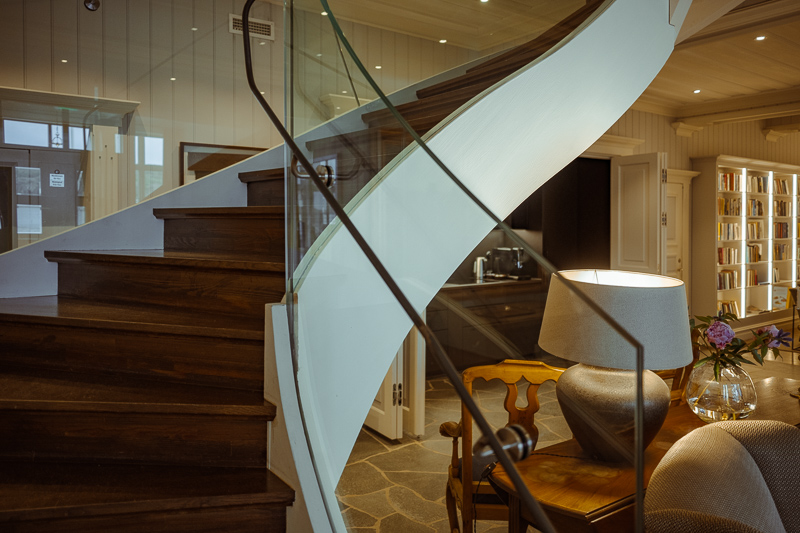

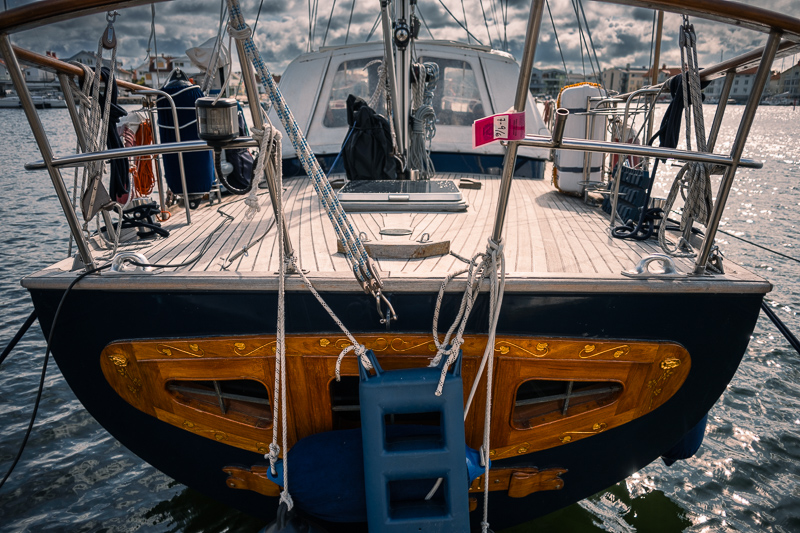
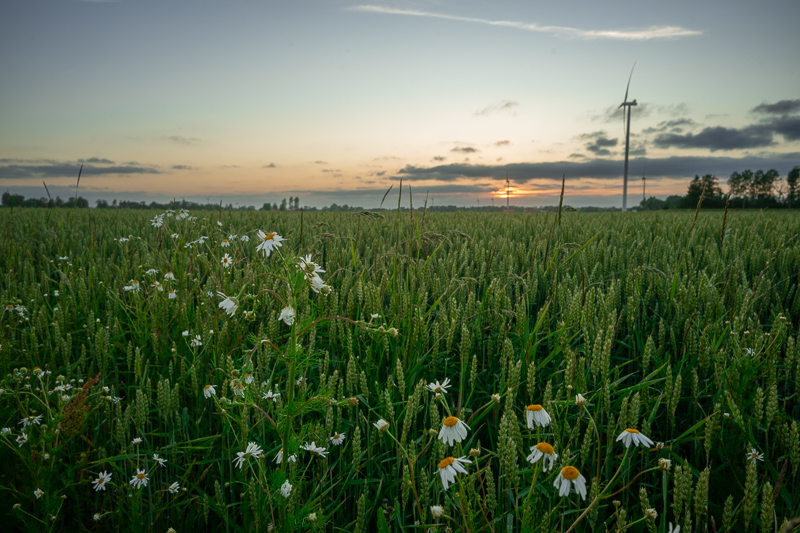
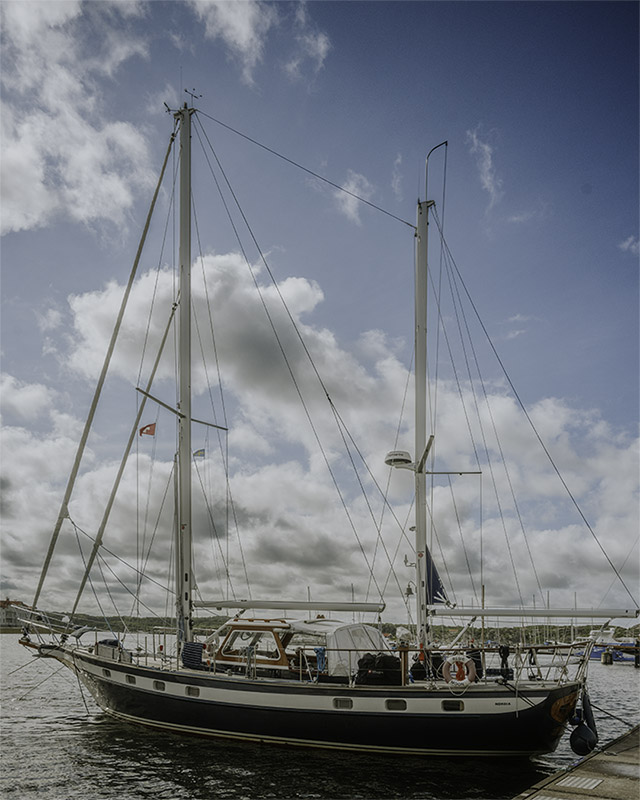

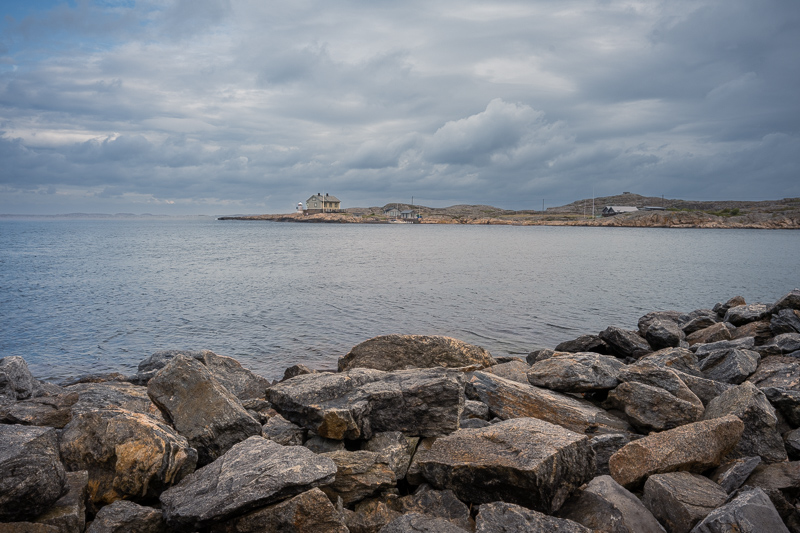


Most of the sample images in this review and many more can be found in higher resolution here.
Further Reading
- What camera gear and accessories do I use most frequently?
- Review: Nikon Z Nikkor 28mm f/2.8
- Review: Nikon Z Nikkor 24mm f/1.8 S
- Review: Viltrox AF 24mm f/1.8 STM ASPH ED IF
- Review: Laowa 28mm 1.2 FFII Argus – The World’s Fastest 28mm Lens
Support Us
Did you find this article useful or did you just like reading it? It took us a lot of time and money to prepare it for you. Use the Donate button to show your appreciation!
![]()

(Donations via Paypal or bank card)
This site contains affiliate links, for which I may receive a small commission if you purchase via the links at no additional cost to you. This helps support the creation of future content.
Martin
Latest posts by Martin (see all)
- Analogue Photography: Part 4 – Ilford HP5 Plus at a Historical Engine Factory - December 3, 2025
- REVIEW: 7Artisans AF 10mm f/2.8 (APS-C) - November 30, 2025
- REVIEW: 7Artisans AF 35mm f/1.8 - October 15, 2025

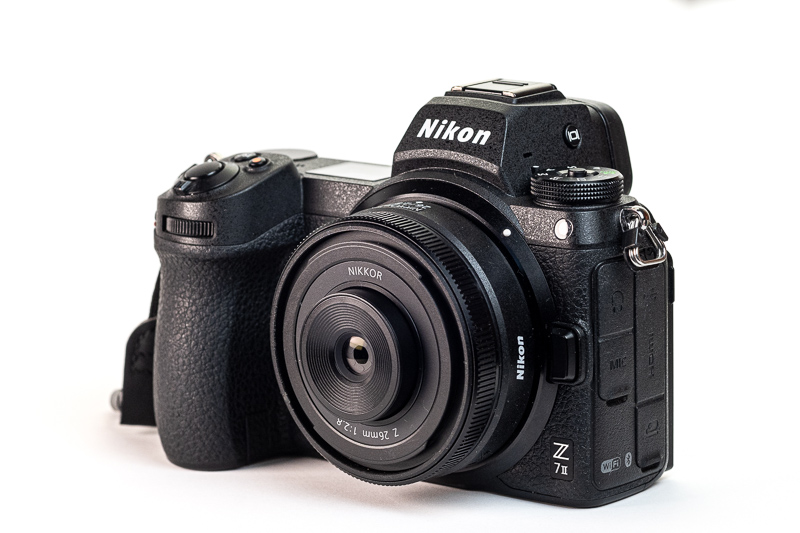
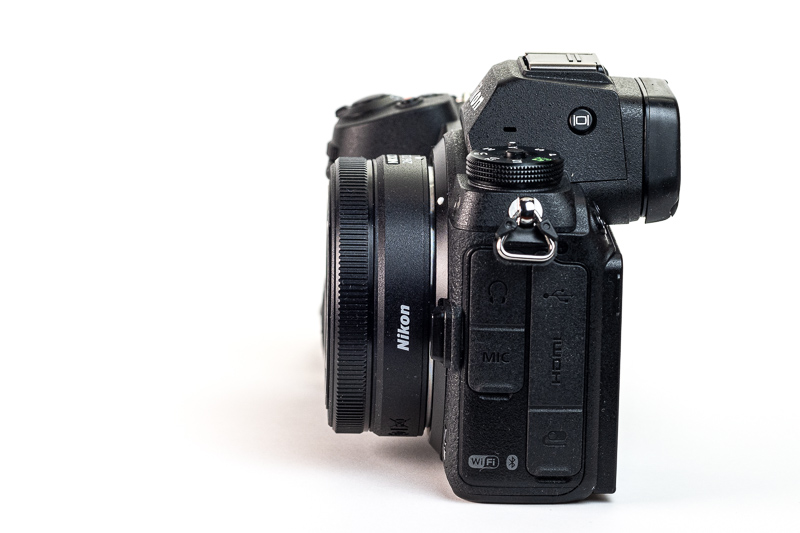

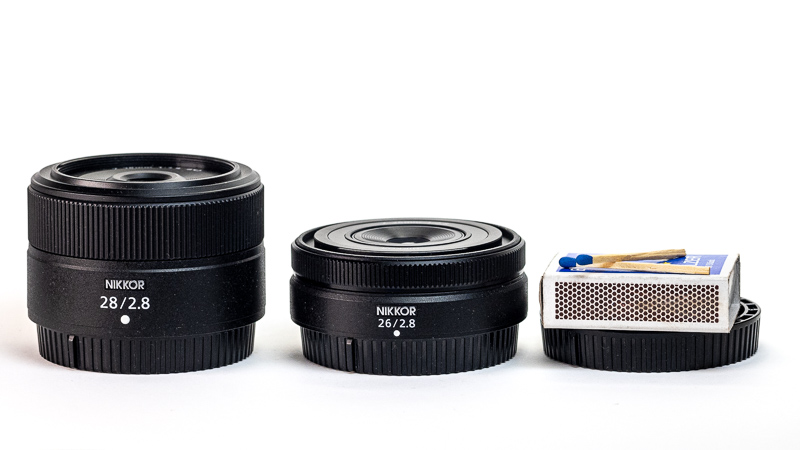

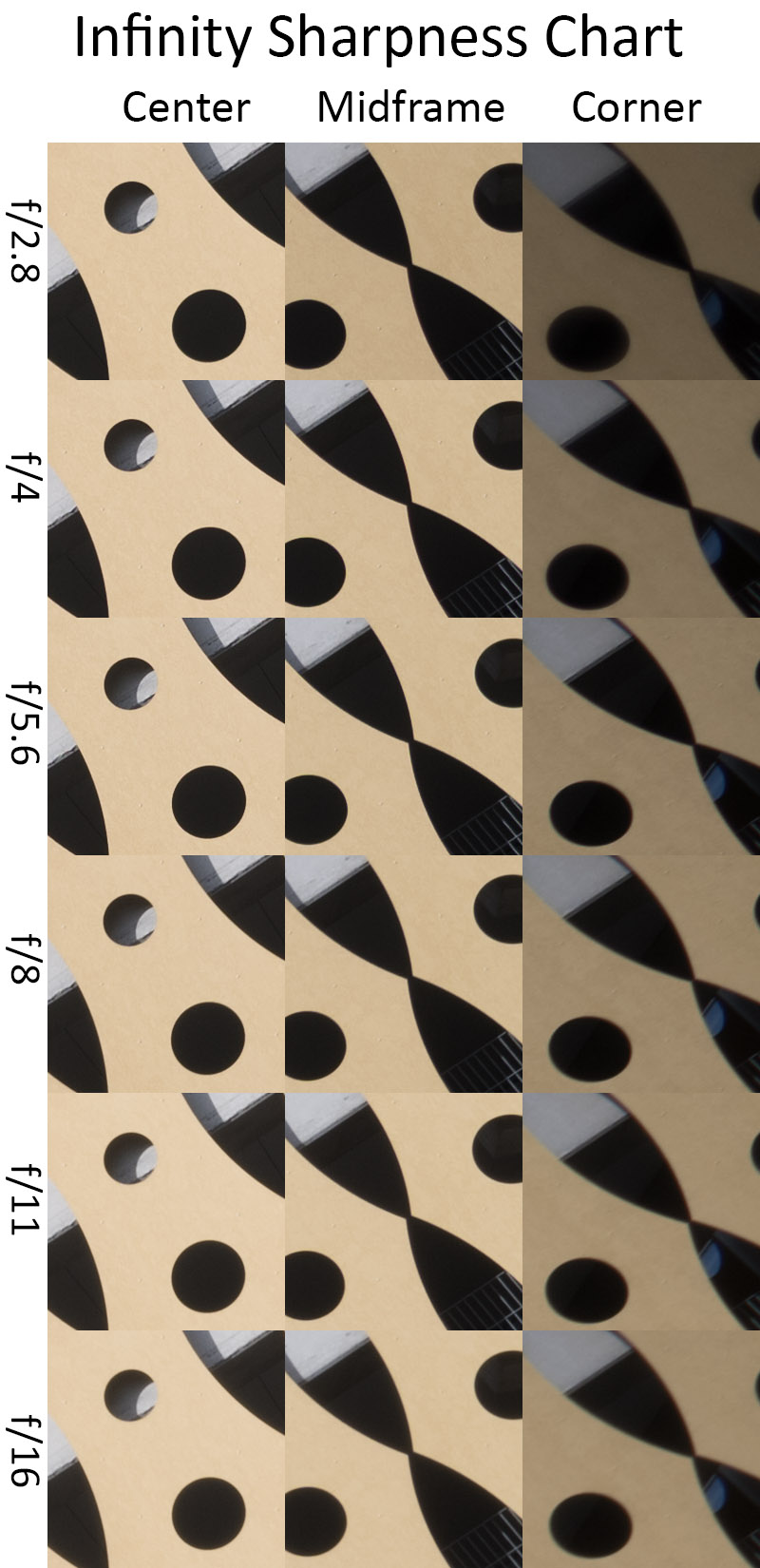
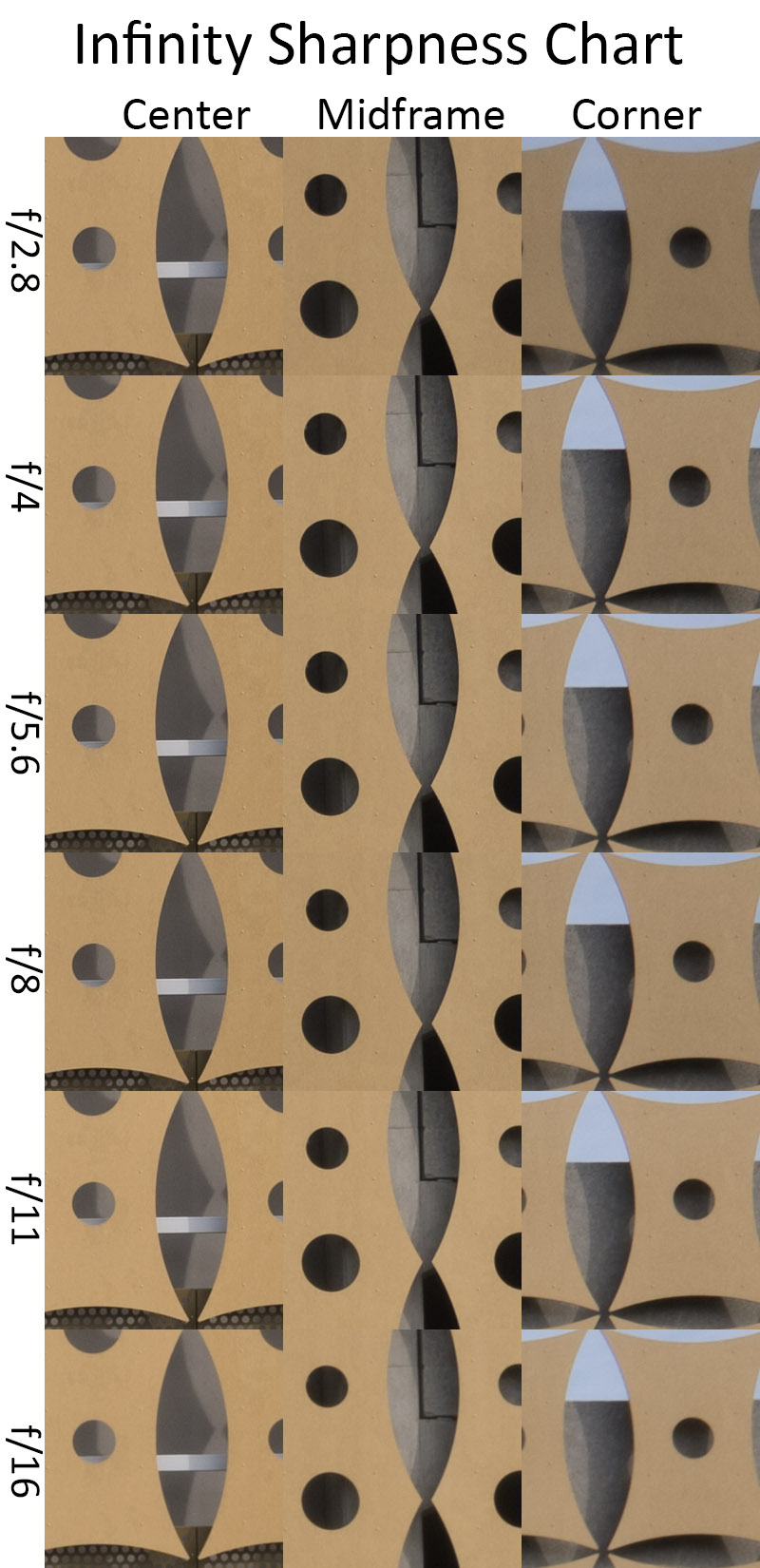

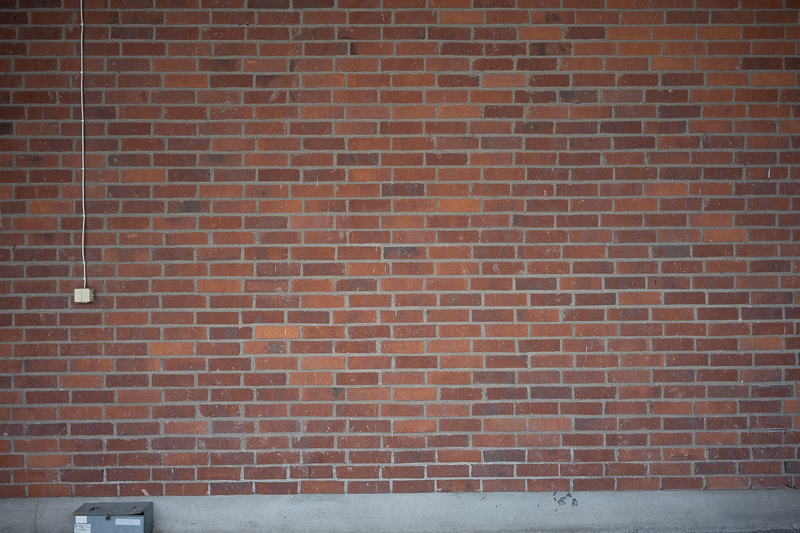

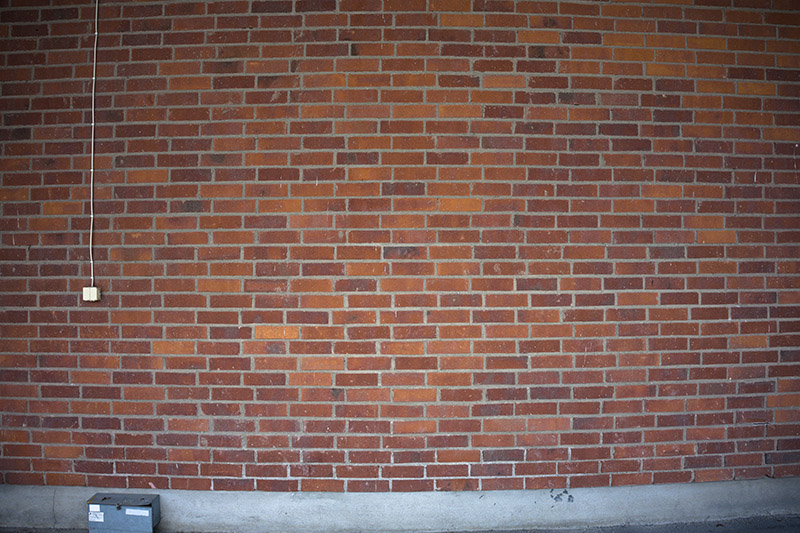







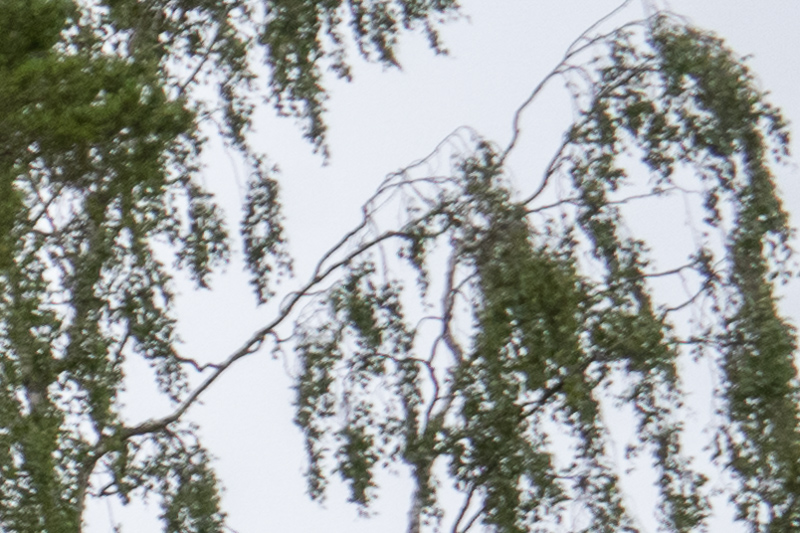

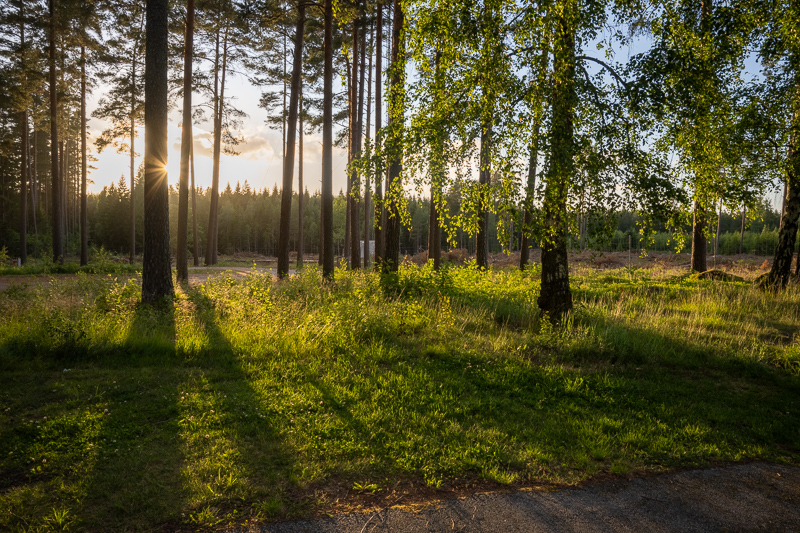
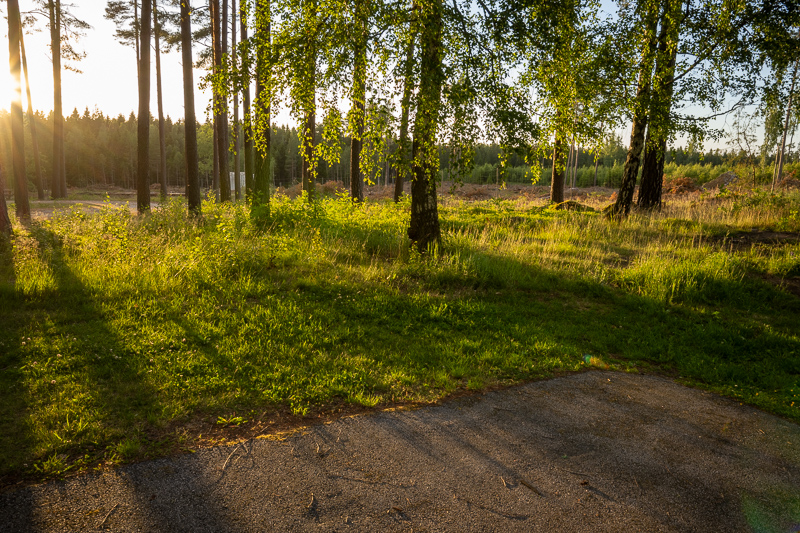
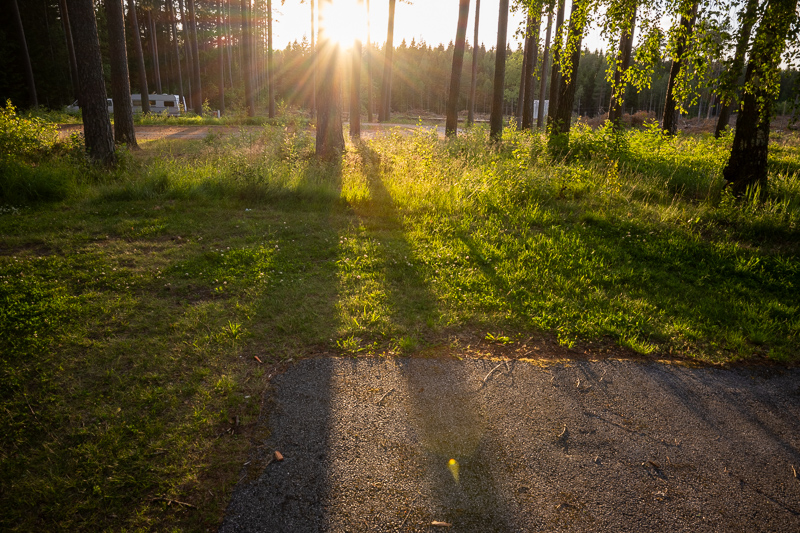

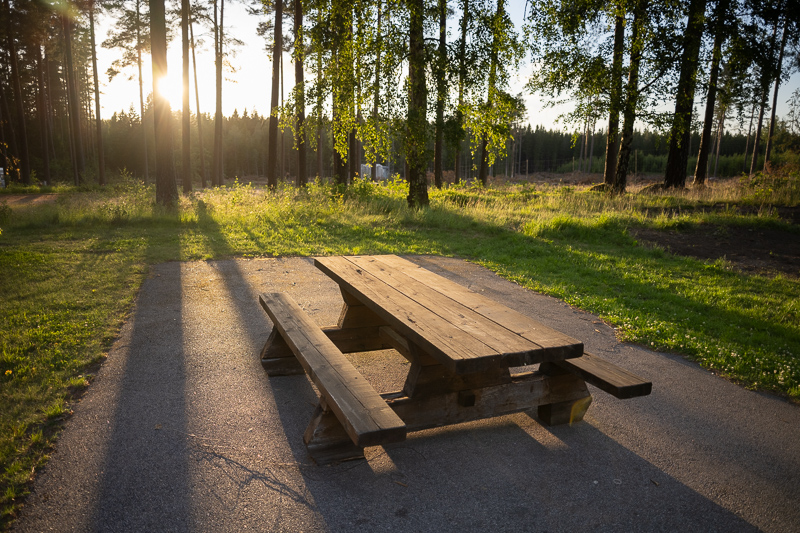
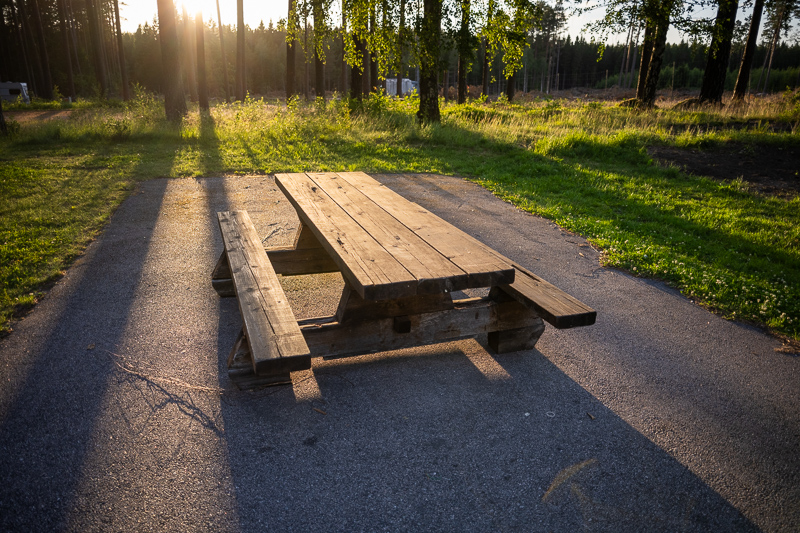
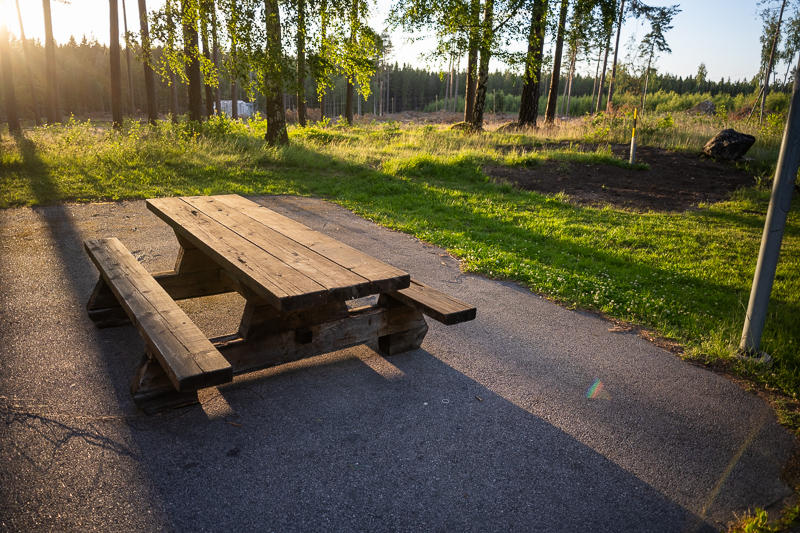
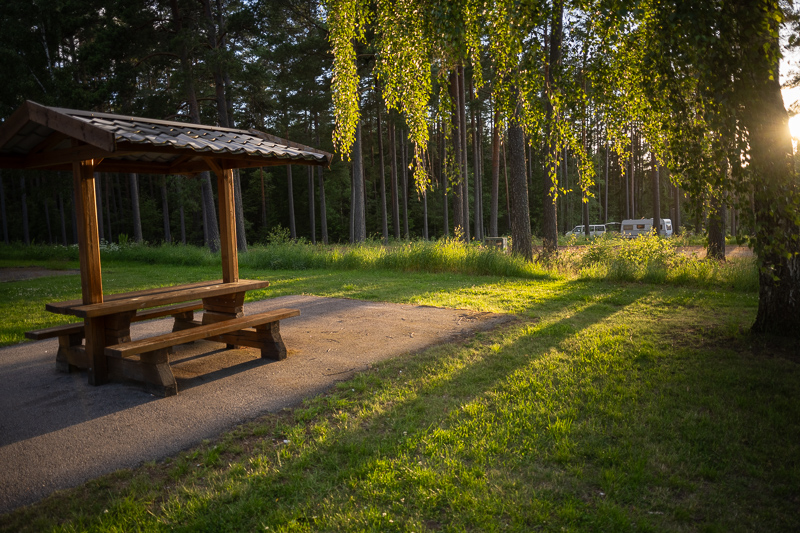
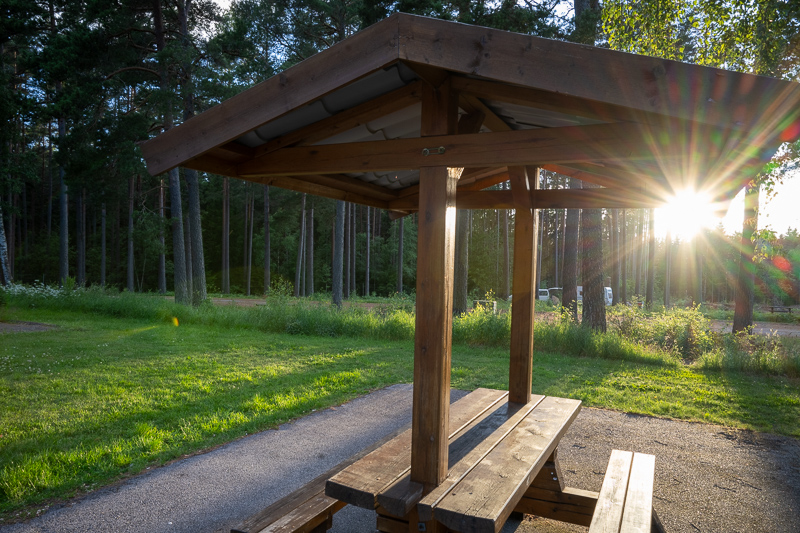
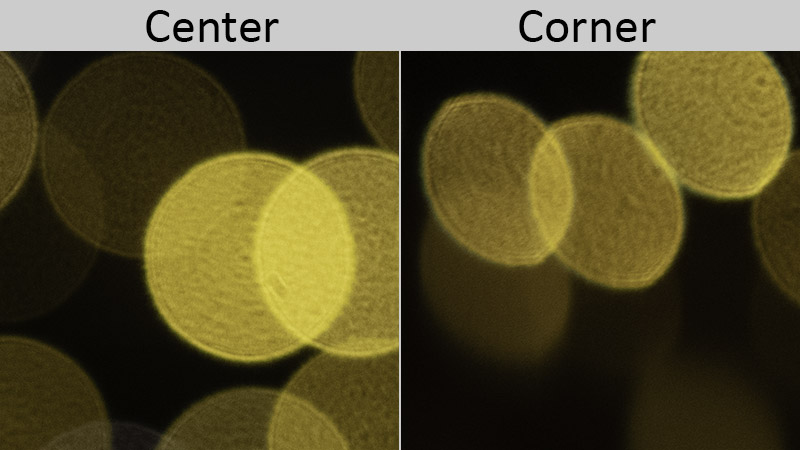
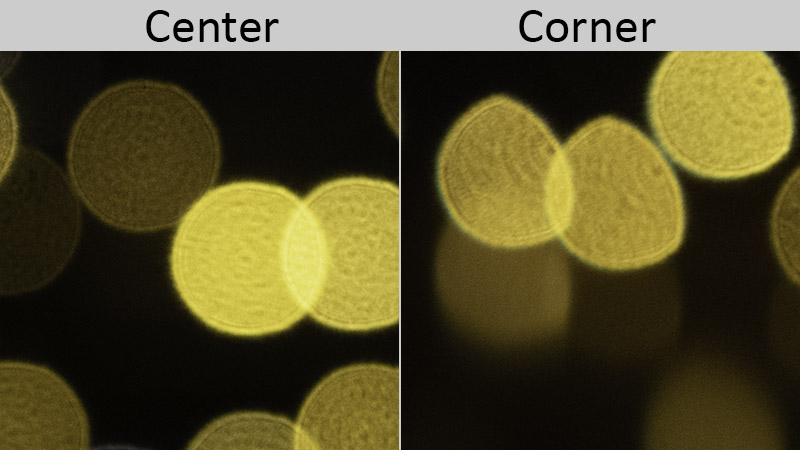
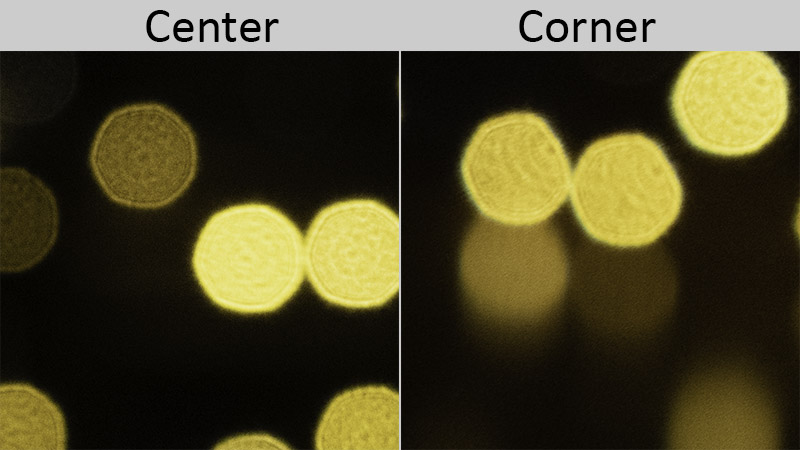
>> Not only is it one of the most compact Nikon Z lens ever, but also it currently holds the title of the world’s slimmest mirrorless autofocus fullframe lens produced by any manufacturer. <<
The Canon RF 28 is essentially the same:
https://camerasize.com/compact/#862.1090,899.1101,ha,t
That said, thanks for the – as always – very informative test results and commentary!
Thanks a lot.
Essentially, maybe, but not exactly, the Nikkor is 1 mm shorter, which makes it the tiniest.
Thank you for this review! Before switching to Sony, I had been using the Canon EF40/2.8, and overall ideology of your lens looks quite similar to that. Although the mechanical design of Nikkor 26mm looks very unusual (not in a good way) in pursuit for maximum compactness. In EF40/2.8 the extending part of lens barrel was bigger in diameter and was equipped with proper filter thread. Still in Nikkor 26/2.8 such a sacrifice is tolerable, given its tiny size.
The price of Nikkor 28/2.8 looks on the higher side too, compared to said Canon, which could be found for $150, but that’s not unusual for modern mirrorless vs. DSLR lenses.
Thank you for this great review. A really tiny gem of lens! I really want to ask why all manufacturers focus on the production of really large, wide open lenses, which are mostly too large for general use to be honest. the 35/1.8 or the 50/1.8 are also really large lenses. Why are the manufactures not designing good lenses in a small size? Such as the 35/2.8 AF-D? Or former small nifty-fifty lenses? The need for low aperture is really over-rated for a large spectrum of photography. What do you think?
I agree, although there seem to be people who appreciate optical perfection and value it more than size and portability, and are prepared to sacrifice the size for optical perfection, or at least they think they are. You can only appreciate the size if you have used compact lenses and like them for their portability, otherwise, you are happily unaware of what you are missing.
Absolutely agree! Furthermore, ‚sharpness‘ is very overrated in modern photography. With modern technology, the quality of lenses is really extrem high. I would appreciate more portable lenses with great autofocus. When you compare modern lenses with ‚vintage lenses‘ such as Zeiss Contax, Nikon AI-S or AF-D, Canon FD or Minolta MC/MD or older Leica R or M lenses, those vintage ones are mostly sharp enough for printing. And they display more Charme 😉
Thx again for this great review! Ibreally appreciate your work!
Additionaly to the highrer sharpness requirements it’s very often due to nessessity to align with video new requirement like zero focus breathing. Older lenses weren’t restricted to much with this parameter
Interesting size for DX format only (@40mm), clumsy AF, about the size of the 28mm with the almost indispensable lens hood. in short : very expensive for what it is.(even used). YMMV.
Very nice review as always!
I have the 24mm f1.8 S on my Zf, I love this lens and I am not that annoyed by the weight, though the 26mm would make the Zf looks even more retro. I would pick it vs the 28mm f2.8 just because it can produce better bokeh and sunstar. By the way can you compare the sunstars of the 24 f1.8 S vs the 26mm? Is it that worse with the 26mm? What about microcontrast and Pop?